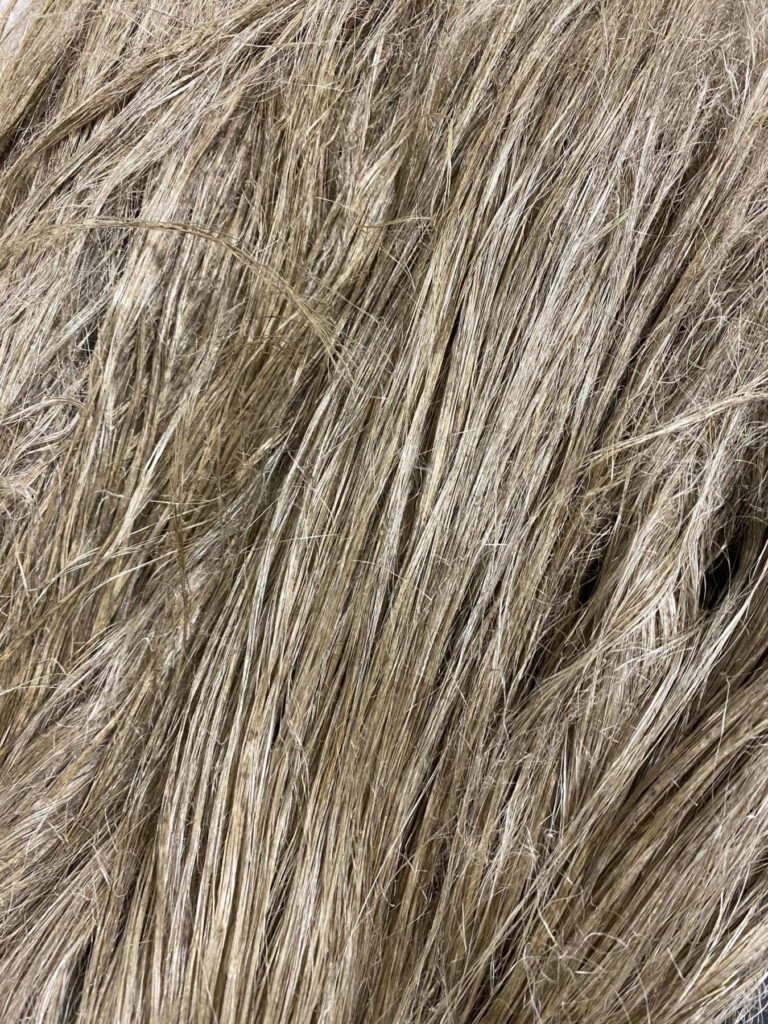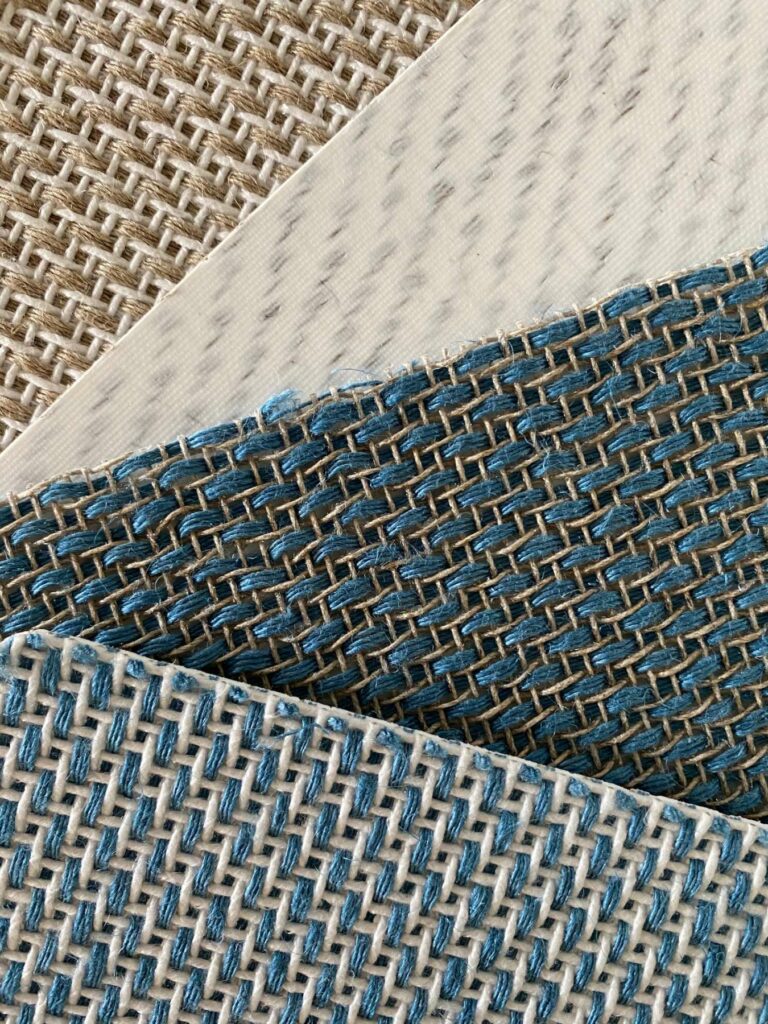What makes flax fibre so exciting is that it is full of resources: It can be used for a variety of purposes in a number of fields. Since nothing goes to waste with flax, it is an eco-friendly plant par excellence!
How is flax fibre used?
If we take a look at all parts of the plant, each and every one of these parts has a use. In flax, everything is recoverable.
Flaxseed: at first, there were two main uses
First of all, food consumption. Whether for humans or animals, flaxseed provides a number of benefits for the body. It is also a valuable source of minerals, essential fatty acids and vitamins. Its nutty flavour is often an asset in recipes for bread, cakes, salads or soups. It is also used to make oil, perfect for seasoning dishes or salads.
In addition, it is used in the production of detergents, soaps, paints and cosmetics.
Flax dust and shives
Shives, i.e. the bark of the flax plant, are small pieces of flax straw obtained during the scutching process. They can be used in animal bedding or in eco-friendly construction materials such as chipboard. Shives can also be used as fuel for house heating.
When transformed into biogas, flax dust can be used as an energy source. Due to its absorbent properties, it can also be used for manure treatment, in particular for its drying.

Flax fibre
In its primary form, flax fibre is used to make paper, including American banknotes! It is this natural fibre that gives them such durability and allows them to remain flexible as they age.
In the field of composites, flax fibre can be used in a variety of industries: eco-friendly construction materials, leisure products, automotive equipment and furniture.
Flax yarn
After spinning, flax finds new uses still – in the form of a composite, it can be used in furniture as a replacement for glass fibre.
Safilin flax yarn can of course be found in the textile industry: ready-made clothing, bath, table and household linen, furnishing fabrics, curtains, as well as technical materials such as tents, among many others.
In the clothing sector, it can be used in both knitted and woven form.
As you can see, linen can be used in all its forms !
Safilin has a wide range of customers and offers flax yarn with characteristics adapted to the specific end uses of the various sectors of activity.
What are the innovations associated with flax fibre?
Why focus on flax in research and development?
It is an eco-plant and as such has a vital role to play in the years to come: it is a key player in the shift towards environment protection.
Flax cultivation is environmentally responsible and requires much less energy than certain materials that are far more consuming and polluting.
At Safilin, we produce sustainable yarn and incorporate environmental care into our production processes. We minimise our environmental impact as much as possible whether it comes to LED lighting, insulation to improve heating efficiency, water use and treatment, energy recovery, etc.
Its technical characteristics are both interesting and beneficial; flax is known for its strength. Being much lighter, flax roving composite can compete with fibreglass, just to name one example.

